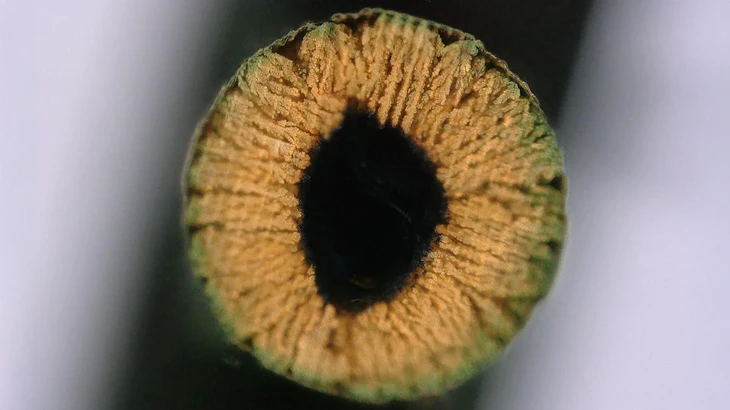
No need for plastic or metal powder, Swiss scientists "grow" metal from water gel - a step forward that could change the entire 3D printing industry - Photo: EPEL
Scientists at the Federal Polytechnic School of Lausanne (EPFL, Switzerland) have just announced a breakthrough in 3D printing technology: instead of printing metal in the traditional way, they developed a method of "growing" materials from hydrogel - a common water gel, to create metal and ceramic structures with high density and mechanical strength 20 times higher than previous techniques.
According to the team, the photopolymerization method currently only works with light-sensitive resins, limiting its applications. Some previous attempts to turn 3D printed resins into metals or ceramics have suffered from porosity and shrinkage, which makes the products deformed and less durable.
The team led by Daryl Yee, head of the Materials Chemistry and Manufacturing Laboratory (EPFL), found a new way: instead of pre-mixing the metal compound into the plastic, they 3D-printed a template using hydrogel, then repeatedly soaked it in a solution of metal salts. During that process, the metal ions were converted into nanoparticles that spread evenly throughout the gel.
After 5-10 such cycles, the hydrogel framework is removed by heating, leaving behind a solid metal or ceramic object that retains the shape of the original print. Since the metal salts are only added after printing, the same hydrogel framework can be used to create a wide variety of materials: from iron, silver, copper to ceramics or composites.
“Our work not only enables the production of high-quality metals and ceramics using a simple, low-cost 3D printing process, but also opens up a new way of thinking: selecting materials after 3D printing, not before,” said Mr. Yee.
In the study, the team fabricated complex geometric structures called gyroids from iron, silver, and copper for testing. The results showed that the specimens could withstand 20 times more compression than materials created using previous techniques, while shrinking by only about 20% (compared to 60-90% previously).
The research promises great applications in the fabrication of advanced 3D structures that are both lightweight and strong, serving the production of sensors, biomedical devices, or energy conversion and storage systems. Metals with large surface areas created by this method can also be used as effective catalysts or heat sinks in energy technology.
The EPFL team said it is continuing to refine the process to make it suitable for industrial production, in particular increasing the material density and shortening the processing time. "We are developing robots to automate the entire process, which will significantly reduce the total fabrication time," Yee revealed.
Source: https://tuoitre.vn/in-3d-bang-nuoc-giup-kim-loai-ben-gap-20-lan-20251019154932113.htm


![[Photo] General Secretary To Lam receives the Director of the Academy of Public Administration and National Economy under the President of the Russian Federation](/_next/image?url=https%3A%2F%2Fvphoto.vietnam.vn%2Fthumb%2F1200x675%2Fvietnam%2Fresource%2FIMAGE%2F2025%2F12%2F08%2F1765200203892_a1-bnd-0933-4198-jpg.webp&w=3840&q=75)











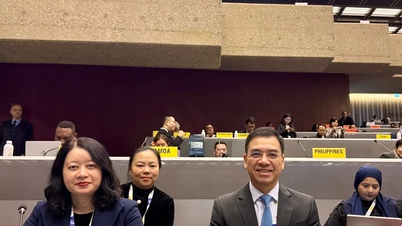
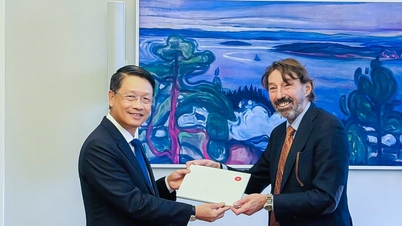
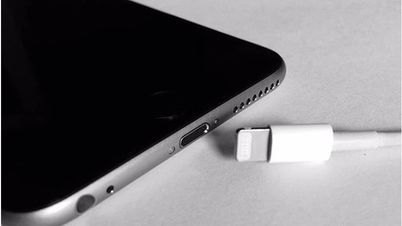

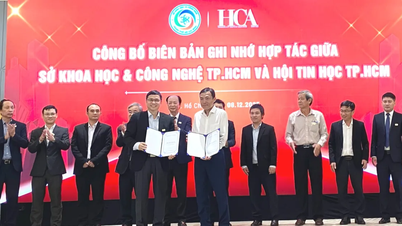



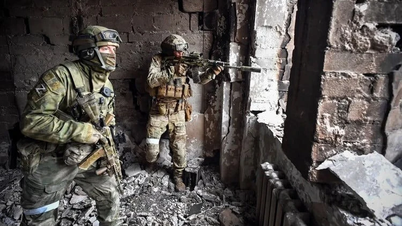








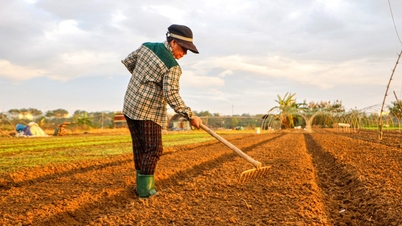



















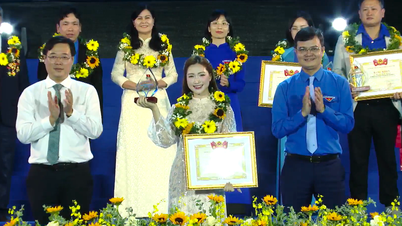





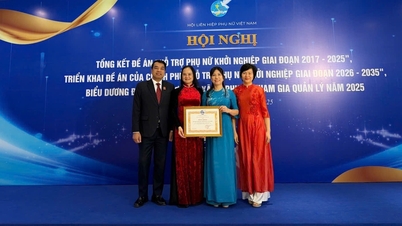















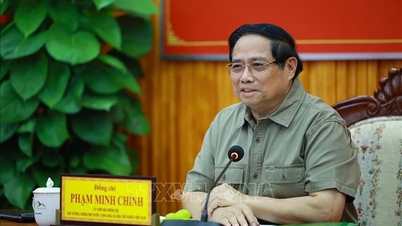




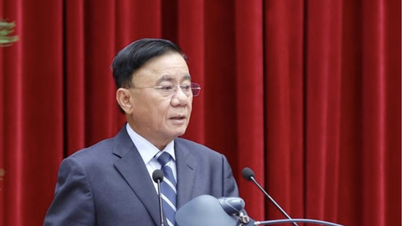



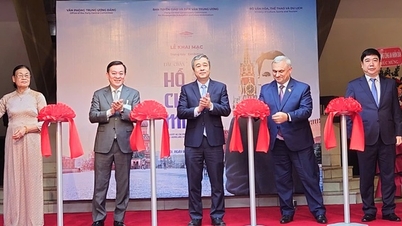


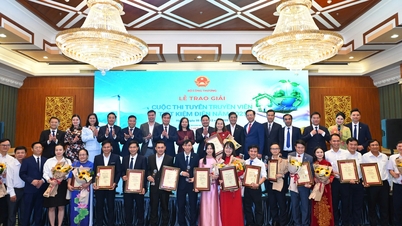








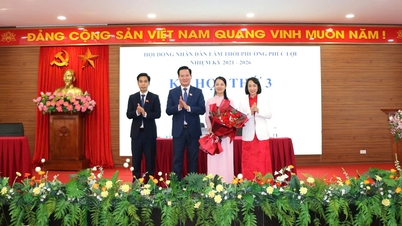

















Comment (0)